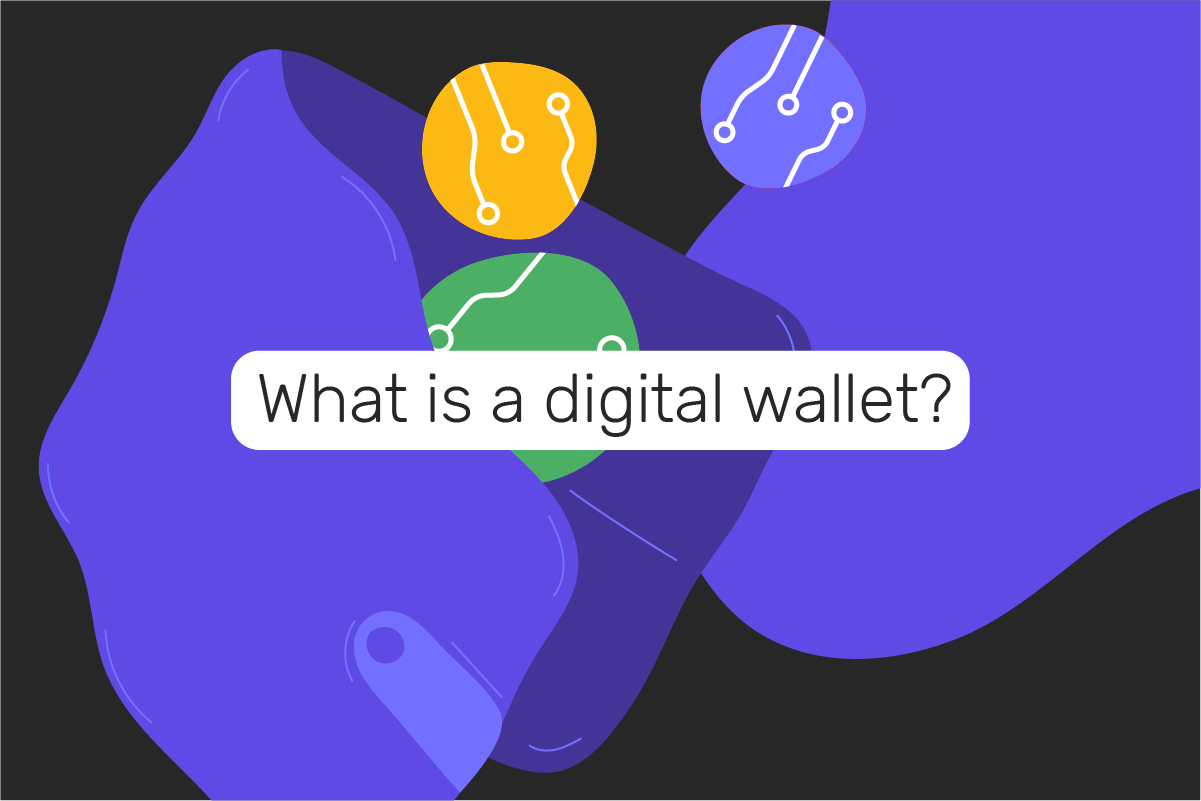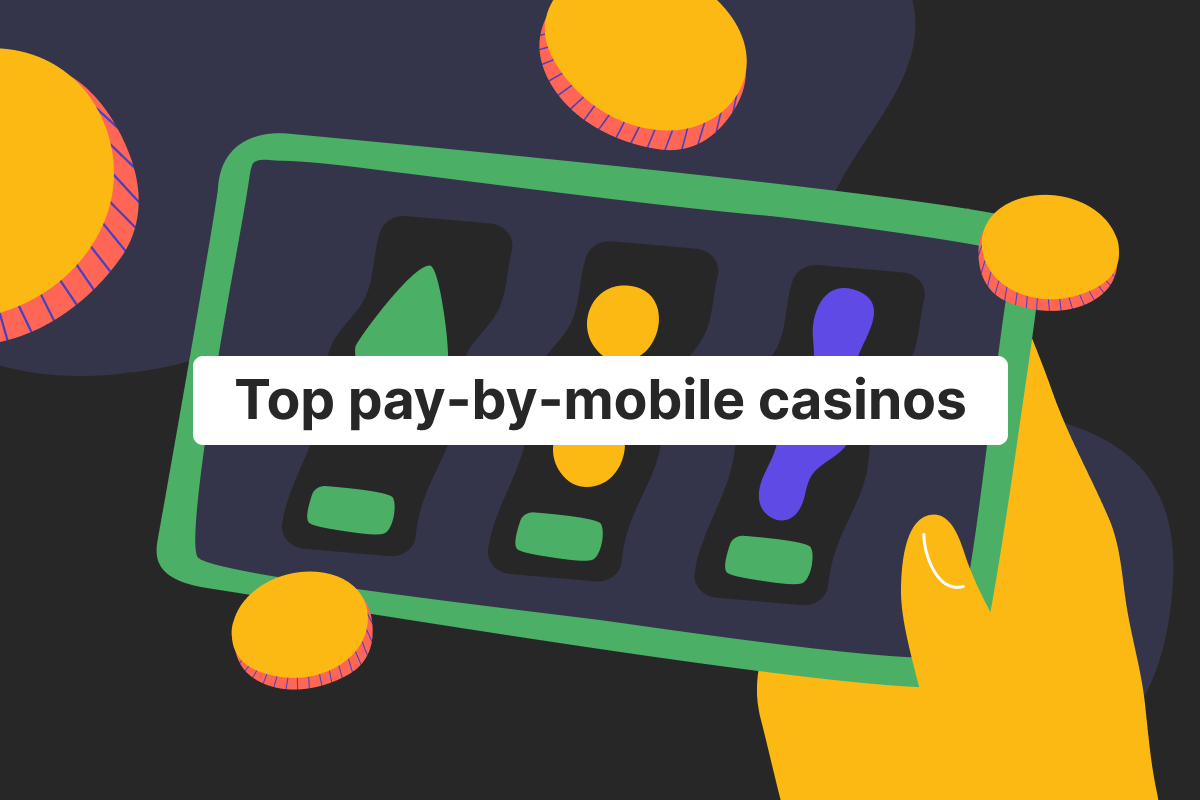Genome Blog / articles / What is a digital wallet?
Jun. 15, 2021
Let’s talk e-wallets. Imagine the situation: you are leaving the house in a hurry – you are late for work or some other place you need to go. You are rushing through streets, get into the car or public transportation, etc. And in the middle of all that you realize that you left your wallet at home.
Well, around 20 years ago that would be a disaster – your mood and potentially day are ruined. But today it is not a colossal issue – you can just use your phone to make payments throughout the day. This is thanks to virtual wallets – systems that allow you to pay for things in brick-and-mortar stores, buy train tickets, and more without using cash and or physical cards.
Learn more about what is an e-wallet, its benefits, and how you can set them up in this Genome article!
How does a digital wallet work?
Before diving into all the intricacies, let us first explain what is a digital wallet. To put it short and sweet, it is software or an electronic device that stores a person’s payment information (like the one on cards, or of other payment methods), using which an electronic transaction can be made.
As the digital wallet definition suggests, this software/device is meant to represent your real-life wallet in its electronic form – it contains money, credit card information, etc.
The basic premise is that your digital wallet will be linked to your bank account or a credit/debit card, allowing you easier access to the electronic funds. In turn, it will help you to make payments faster.
So, the main goal of electronic wallets is to offer more convenient ways of paying for things on the go and online.
Still, there are different types of wallets, and their features and services vary. Find out which type of e-wallet suits you best in the next section of our article.
Types of digital wallets
First and foremost, we need to address an important question: are digital, mobile, and e-wallets the same thing? Well, yes and no. Some people, financial institutions, and media refer to all three of these as synonyms, others believe, there are minor differences between them:
Digital wallets
This is a type of virtual wallet that stores your credit/debit card data and is directly linked to your bank account. Thus, a wallet itself doesn’t have funds on it and uses the money from the said account.
Nevertheless, it makes the payment process faster, as you won’t have to enter the card details when purchasing stuff online – only your wallet username and password at most!
Mobile wallets
These are the ones most people think about when it comes to digital wallets. The main difference is that these wallets can be only installed on your phone, and you can pay with them at physical stores, via the Near Field Communication (NFC) technology. Think of Apple Pay or Google Pay as good examples.
E-wallets
Also known as an electronic wallet, this one is similar to a digital wallet, as it also stores the payment method information. But it has one main distinction – you can pre-transfer funds on your wallet and use it as a pre-paid solution.
Some e-wallets can even become a good alternative for people who don’t have a bank account.
You can learn even more about the difference between mobile, digital, and e-wallets in Genome’s article: “What is the difference between e-Wallets and payment gateways? Can a merchant use digital wallets instead of payment gateways?”.
Please also note that throughout this article we treat these three concepts as synonyms because all of them ultimately serve the same purpose – allowing quick electronic payments.
Another way the virtual wallets are differentiated is by the type of transactions you can perform:
- Closed wallets. These wallets are made by separate businesses that sell products and/or services. In this case, a customer can use this e-wallet to pay for the company’s products exclusively. This way, the companies hasten the payment process for their clients, and in some cases reward them with bonuses and cashback.
- Semi-closed wallets. The virtual wallets of this type are more functional. The payment provider will allow you to use the wallet in certain stores that have an agreement with a said provider. So, not only do you have more places you can use your electronic wallet at, but you can do so both online and in physical shops.
- Open wallets. These wallets have no limits: you can pay with them online and in brick-and-mortar stores (if these are the mobile wallets). Electronic wallet users can also transfer money to one another, in any part of the world.
The virtual wallets are also diversified by the way your payment is being delivered:
- Digitally. This is one of the most common ways – you use the e-wallet for faster payments online;
- Via the NFC. This technology allows data exchange between devices that are placed near each other. As mentioned before, the NFC is crucial if you want to use your mobile wallet in physical stores.
- Using the QR code. In this case, a merchant provides their customers with QR codes – a person needs to scan the QR code with their e-wallet app to submit the payment.
The benefits of a digital wallet
There are many advantages to using a virtual wallet, here are some of them:
- A convenient alternative to cash and cards. Just like in the hypothetical scenario from the beginning of the article, you don’t need to carry your real-life wallet around when you have an electronic one and make all the payments through your phone.
- Quick online payments. As we have already mentioned, digital wallets store your payment methods information and, therefore, make internet purchases faster, as you don’t need to enter lengthy payment details. This is also good news for merchants: their cart abandonment rate decreases, as there are fewer steps required from customers to complete the transaction;
- Security. Do you know what’s great about virtual wallets? You can’t lose them, unlike with your physical wallet. You also don’t display your payment details in public, as opposed to when you use a debit or credit card. Moreover, most e-wallet apps are equipped with many security tools, which we will describe in our next segment on safety;
- Bonuses from providers. As the popularity of mobile wallets grows, the developers come up with more ways to lure customers. Some of them offer cashback, coupons, and bonuses for electronic wallet usage;
Are e-wallets safe?
All payment methods, whether it is cash, cards, or digital wallets, aren’t 100% fraud-proof. Nonetheless, the virtual wallets implement multiple features to protect the user’s financial and personal data, such as:
- Encryption. Some of the digital wallets encrypt the data that is transmitted between the wallet/mobile app and the server;
- Secure access. If you use a mobile wallet, you need to enter a password or confirm it is you with biometrics. This means that if someone steals your phone, they likely won’t be able to log into the wallet;
- 2FA. The two-factor authentication is available for both digital and mobile wallets: when logging into the account from your phone/web browser, you will need to confirm it is you by entering OTP/providing biometrics;
- No data on display. All the financial and personal information will be stored electronically and is much harder to steal than real-life wallets or cards;
- Tokenization. Virtual wallets make it so that the merchant doesn’t see the client’s credit card number. This data is transformed into the randomly generated code, which is what merchants get instead. This is how the tokenization works;
How do online payments via digital wallets work?
The process is simple: choose a digital wallet that attends to your needs. Register and enter the debit/credit card/ other payment method information into the wallet.
To buy things online, make sure that the merchant accepts payments from the e-wallet brand you use. This information will be displayed on the merchant’s website or the checkout page. If a website supports your digital wallet, you usually will only have to enter your wallet’s name and a password.
How to set up a digital wallet?
- Choose the type of a virtual wallet: digital, mobile, or e-wallet (for their comparison, check out the “types of digital wallets” section of our article);
- Go to the digital wallet’s website and sign up, or download a mobile wallet app;
- Add as many payment methods as necessary/allowed, and provide additional information;
- Start using your electronic wallet for online shopping, on-the-go purchases, or both!
No matter what type of digital wallet you choose, they all share a common idea: making the customers’ experience more seamless and convenient.
And we at Genome know a lot about these two things! Our payment service provider allows you to open personal, business, and merchant accounts and operate them completely online – from your phone and web browser and whenever you want!
Our merchant account allows you to accept card payments, as well as multiple alternative payment methods, like Alipay, WeChat Pay, Neteller, Skrill, Paysafecard, and more!
You can track all the transactions and other financial operations at all times, transfer money instantly to other Genome users, or send funds internationally with SEPA.
Moreover, our physical and virtual Visa debit cards are now available for pre-order! By the way, you will be able to use the virtual cards for both online and on-the-go purchases.
FAQ
How do I use a digital wallet?
A digital wallet is used for faster payments online, or for contactless payments via the NFC technology in physical stores. In the case of the former, you complete the transaction quicker, as you don’t need to enter card details. As for the latter, you don’t need cash or cards to pay for something – just put your phone in front of the NFC.
What are the examples of a digital wallet?
Some of the most well-known virtual wallets are Google Pay, Apple Pay, Alipay, PayPal, Venmo, Skrill, etc.
Is there a difference between a mobile wallet and a digital wallet?
Though considered synonyms, their features differ. For instance, mobile wallets are exclusively come in the form of apps and can be used for purchases in brick-and-mortar shops, using the NFC. Digital wallets are available through both apps and website versions and are primarily used for online payments.
What wallet software is most popular?
There are many digital wallet options on the market currently, and the definite leader is hard to pinpoint. At the end of the day, your choice of the virtual wallet should not be influenced by its popularity, but by the services it provides.





